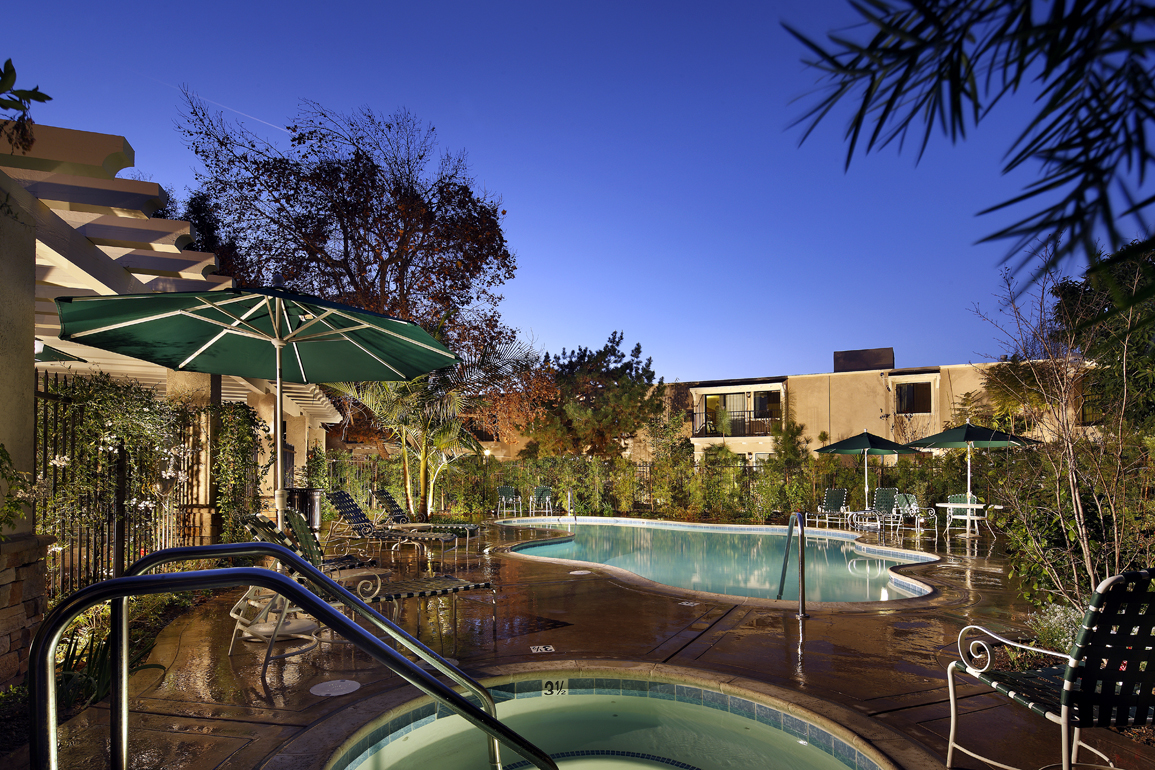

The head and the arched tail were both gilt, and the bulwarks were as high as in sea-going ships. The Long Serpent had thirty-four benches for rowers. The king called this ship the long Serpent, and the other the Short Serpent. (.) The ship was a dragon, built after the one the king had captured in Halogaland but this ship was far larger, and more carefully put together in all her parts. “The ship was both long and broad and high-sided, and strongly timbered. It may seem like it was in Northern Norway these solid and strong ships were first developed: King Olaf got the idea to build this ship in Northern Norway: He stole a sturdy dragonship from Raud den Ramme in Hålogaland, after having killed the ship owner. The most legendary of them all is the Long Serpent which was built by king Olaf Tryggvason in 999.

The Norse sagas prise the large, solid warships above all other ships.

They served as the ship owner’s mark, and perhaps these wind wanes on the stem of a ship had the same function as dragonheads. Later they were re-used as wind-vanes on church spires. These wind vanes were used as prow-ornaments on Viking ships. In Scandinavia we have finds of eight metal banners or “wind-vanes” from the period 1000 to 1300, most made of gilded bronze. The dragonhead is gone, but we can get an impression of how it might have been, by looking at a mold for metal jewelry from Birka, Sweden.Ī wind vane from Söderala (Photo: Wikimedia commons) These iron curls probably decorated a wooden dragonhead mounted on the stem. In the archaeological material however, there is not preserved any dragonheads that we know have adorned a ship.Ī curly mane made of iron remains from the ship burial in Ladby, Denmark (10th century), can give some indications of how a ship’s dragonhead could look like. There are also old depictions of dragonheads. Some ships had dragonheads both on stem and stern. Sagas and skaldic poems tell many stories of dragonships with beautifully carved fabled animals in the stem and a tail at the stern. When Christianity was introduced, Christian symbols and ship names eventually replaced the magical role former played by old Norse beings. The dragon – also called serpent ( ON ormr) – (perhaps modeled after the Midgard Serpent) was a primary motive for the royal longships, but also other magical beings could be used as dragonheads on some ships. The symbolic function of the dragonhead is enhanced by the fact that ships often were named after the magical animal that graced it’s prow. It clearly shows who the leader is and where the leader is in battle. The dragonhead made it easy to recognize a certain ship. ( Grágás was used from about 930 and written down about 1117)
#Draken manor code#
The Icelandic law code Grágás says that the dragonhead should be taken off the ship when the Vikings returned to their homestead, not to intimidate the spirits of their native land. It also had magical functions: It would provide protection for ships and crew – and it should ward off evil spirits both on land and sea. The dragonhead should scare away enemies. ( Photo Wikimedia commons, Malene Thyssen) (Shetelig & Brøgger: Vikingeskipene, 1950) I.e that the development towards larger ships than the Gokstad ship, at least on the West Coast of Norway, has taken place long before the 900. It is very likely that the dragon Harald Fairhair built on the west coast of Norway was a ship of 30 rooms. The term of this first class of great ships ( ON stórskip) were in the oldest time dragon, later, others as well. (Judith Jesch, Ships and men in the late Viking Age, 2001). The word dreki for a ship derives from the practice of placing carved dragonheads on ships, and is part of a group of words from the same semantic field used by poets of such ships, but there is no evidence that it was a tecnical term for any particular type of ship. It was the occurrence of a dragonhead on the prow that decided whether a ship could be called a dreki. The term dragon ( dreki) could be used both for the ship types called “skeid” and for the ones called “busse”. THE TERM DRAGON/DRAKE COULD BE USED FOR SEVERAL TYPES OF SHIPSĭragons were large longships, from 25 sections an upwards. The ship’s dragonhead was a visual message about the owner’s status. They were ships for chieftains and kings. However, these beautiful animal heads can give us an indication of how the dragon heads that adorned the Viking ships might have looked like.(Photo: Museum of Cultural History, University of Oslo, Norway)ĭragonships were large longships that had carved heads of dragons and other magical beings mounted on their stem. Probably the figures were used in religious processions. Five animal heads were found in the Oseberg grave, but none of them belonged to the ship.


 0 kommentar(er)
0 kommentar(er)
